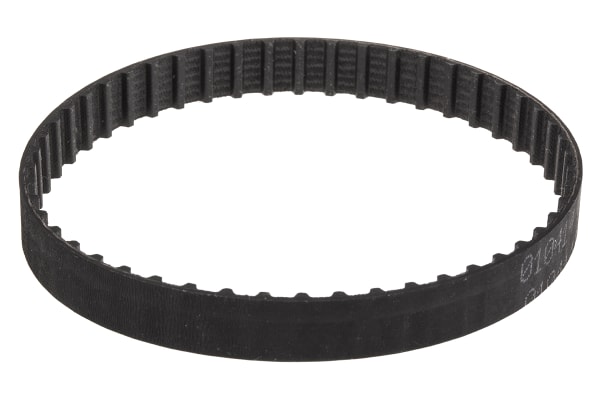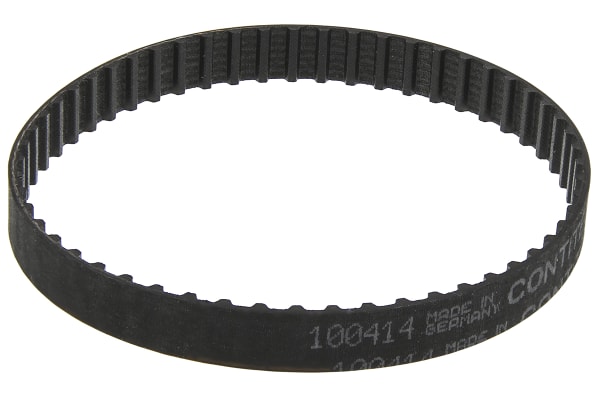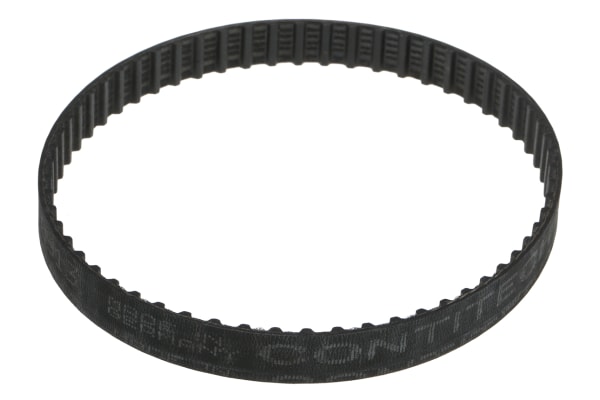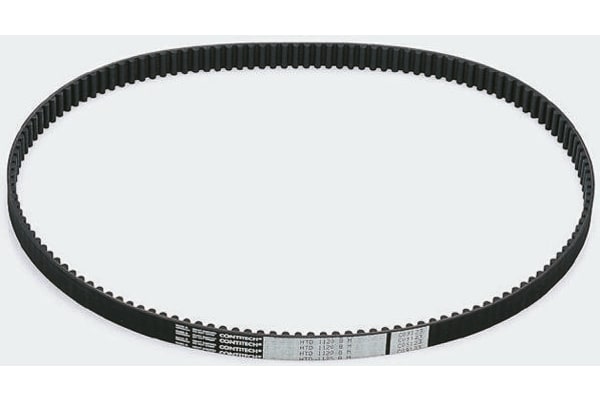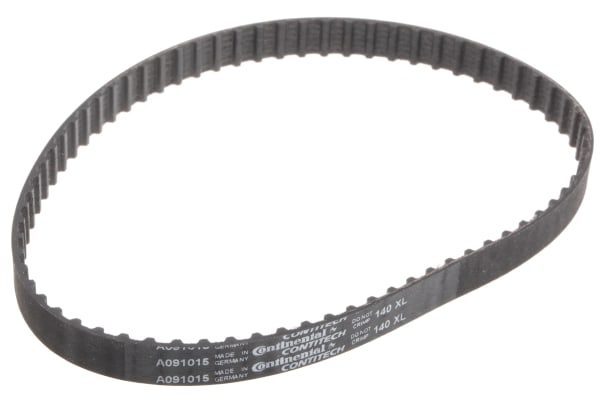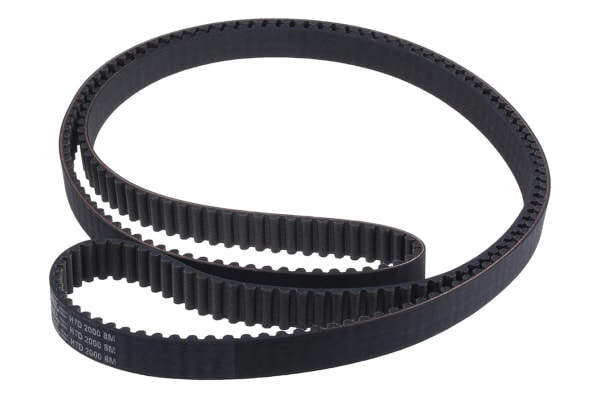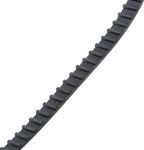Timing Belts
Timing Belts, also commonly known as a Timing chain or a Cambelt (although the latter is technically a different type of system, as we’ll see), are devices usually found fitted to the rotary mechanisms of a power transmission system such as a drive motor or spindle.They’re most often found playing a highly critical role in the smooth running of internal combustion engines such as those found within cars, where they connect the crankshaft to the camshafts to maintain the precise alignments (timings) between these two key components as they rotate at different – but consistent and relative to one another – speeds.Types of Timing BeltsTiming belts can be manufactured out of a range of materials depending on what application they will be used for. Often these belts are constructed from rubber which gives excellent benefit to its user, this is due to its hardwearing nature. Although rubber timing belts have to be frequently maintained and have their tension checked to ensure they’re performing at optimum efficiency. The mixture of rubbers flexibility and elasticity paired with their durability and performance under tension make them industry-standard material.ApplicationsThere is a wide range of applications that timing belts can be used vary, to name a few:Office machineryElectronic data processing equipment (EDP)Textile machineryWood processing machineryMachine toolsCompressorsPrinting machineryHydraulic gear pumpsBuilding machinery
-
Contitech 10 / T5 / 185 SS, Timing Belt, 37 Teeth, 185mm 10mm
VND340,272.00 -
Contitech 10 / T5 / 200 SS, Timing Belt, 40 Teeth, 200mm 10mm
VND340,272.00 -
Contitech 10 / T5 / 210 SS, Timing Belt, 42 Teeth, 210mm 10mm
VND340,272.00 -
Contitech 10 / T5 / 260 SS, Timing Belt, 52 Teeth, 260mm 10mm
VND399,228.00 -
Contitech 10 / T5 / 270 SS, Timing Belt, 54 Teeth, 270mm 10mm
VND359,244.00 -
Contitech 10 / T5 / 295 SS, Timing Belt, 59 Teeth, 295mm 10mm
VND384,132.00 -
Contitech 10 / T5 / 305 SS, Timing Belt, 61 Teeth, 305mm 10mm
VND409,428.00 -
Contitech 10 / T5 / 340 SS, Timing Belt, 68 Teeth, 340mm 10mm
VND369,036.00 -
Contitech 10 / T5 / 365 SS, Timing Belt, 73 Teeth, 365mm 10mm
VND373,116.00 -
Contitech 10 / T5 / 420 SS, Timing Belt, 84 Teeth, 420mm 10mm
VND384,132.00 -
Contitech 10 / T5 / 590 SS, Timing Belt, 118 Teeth, 590mm 10mm
VND517,548.00 -
Contitech 10 / T5 / 780 SS, Timing Belt, 156 Teeth, 780mm 10mm
VND597,924.00 -
Contitech 100 XL 037, Timing Belt, 50 Teeth, 254mm 9.4mm
VND116,280.00 -
Contitech 110 XL 037, Timing Belt, 55 Teeth, 279.4mm 9.4mm
VND124,236.00 -
Contitech 120 XL 037, Timing Belt, 60 Teeth, 304.8mm 9.4mm
VND123,828.00 -
Contitech 1270 5M 15, Timing Belt, 254 Teeth, 1270mm 15mm
VND655,860.00 -
Contitech 130 XL 037, Timing Belt, 65 Teeth, 330.5mm 9.4mm
VND130,356.00 -
Contitech 140 XL 037, Timing Belt, 70 Teeth, 355.5mm 9.4mm
VND130,968.00 -
Contitech 16 / T5 / 260 SS, Timing Belt, 52 Teeth, 260mm 16mm
VND567,732.00 -
Contitech 16 / T5 / 840 SS, Timing Belt, 168 Teeth, 840mm 16mm
VND1,048,560.00 -
Contitech 16 / T5 / 900 SS, Timing Belt, 180 Teeth, 900mm 16mm
VND1,119,756.00 -
Contitech 16 / T5 / 990 SS, Timing Belt, 198 Teeth, 990mm 16mm
VND1,185,240.00 -
Contitech 2000 8M 20, Timing Belt, 250 Teeth, 2000mm 20mm
VND1,213,188.00 -
Contitech 210 XL 037, Timing Belt, 105 Teeth, 533.5mm 9.4mm
VND106,692.00








